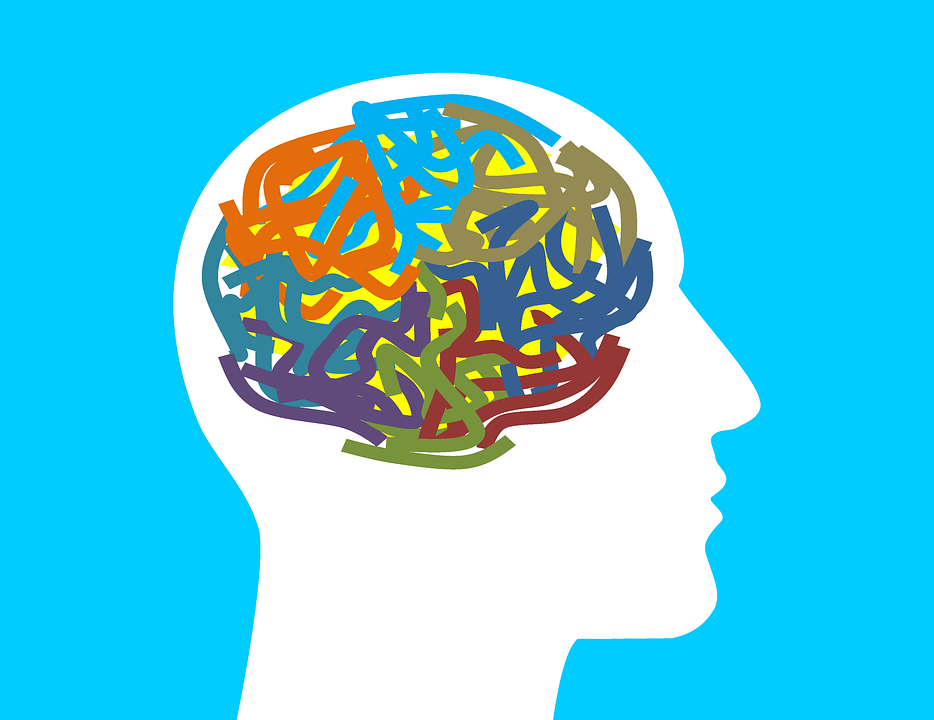A new study published in The Canadian Journal of Psychiatry sheds light on the relationship between brain development and behavioural disorders such as inattention-hyperactivity disorder, a condition similar to Attention Deficit Hyperactivity Disorder (ADHD).
“The term inattention-hyperactivity, as defined in this study, refers to a set of behaviours such as fidgeting and lack of concentration that were rated by regular classroom teachers using a questionnaire,” Guido I. Guberman, lead author of the study and a medical student in McGill’s Department of Neurology and Neurosurgery, wrote in an email to the The McGill Tribune. “Although children with a diagnosis of ADHD will display inattentive and hyperactive behaviours, the children in our study who displayed inattention-hyperactivity did not necessarily have diagnoses of ADHD.”
Guberman and his colleagues were interested in the effect of inattention-hyperactivity on the brain development of young boys. To answer this question, researchers conducted a longitudinal cohort study, making several observations of the same subjects over 28 years. The McGill team began by collecting data on a group of 10-year-old boys through interviews with their teachers. In the following years, they collected data from the cohort’s official health records until they were 34 years old.
The findings suggest that boys who display inattention-hyperactivity at age 10 are at an increased risk of developing traumatic brain injuries (TBIs), such as concussions and brain contusions, in adolescence and adulthood.
“The official definition [of traumatic brain injuries] is a disruption in the normal structure and function of the brain as a result of an external mechanical insult,” Guberman wrote.
Current knowledge of traumatic brain injuries suggests that they have a wide variety of potential causes, as well as numerous effects on brain health and function.
“They can vary in severity, on one end being mild [like concussions], and on the other end being fatal,” Guberman wrote. “There are many causes, including falls, motor vehicle accidents, sports accidents, and assaults. Even mild TBIs can have consequences that are lifelong.”
The study also found that boys who experienced a TBI before the age of 10 were more likely to develop TBIs in adolescence but not adulthood. Boys who displayed externalizing behaviours—being antisocial or aggressive towards others rather than internalizing their feelings—before the age of 10 were also more likely to develop TBIs in adulthood only.
The results of this study are incredibly concerning for children and their parents. Past research has shown that TBIs and attention disorders can have negative impacts on a child’s development.
“Previous studies have found differences in white-matter structure in children with diagnoses of ADHD,” Guberman wrote. “One hypothesis we have is that boys who display inattention-hyperactivity end up engaging in more risk-taking behaviours in adolescence, such as driving fast [or consuming] drugs and alcohol [and] engaging in fights.”
Unfortunately, few treatments exist for TBIs. Currently, scientists are exploring active physical rehabilitation therapies for sports-related concussions, but the number of treatment options are few. Therefore, prevention of TBIs is key to mitigating the negative consequences of brain injuries later in life.
“It is important to minimize the risk of TBIs by promoting safe riding strategies (on bicycles and motor vehicles) and by minimizing practices that lead to brain injuries in sports,” Guberman wrote. “Future research [also] needs to explore other ways of reducing the incidence of TBIs by identifying and addressing risk factors.”









